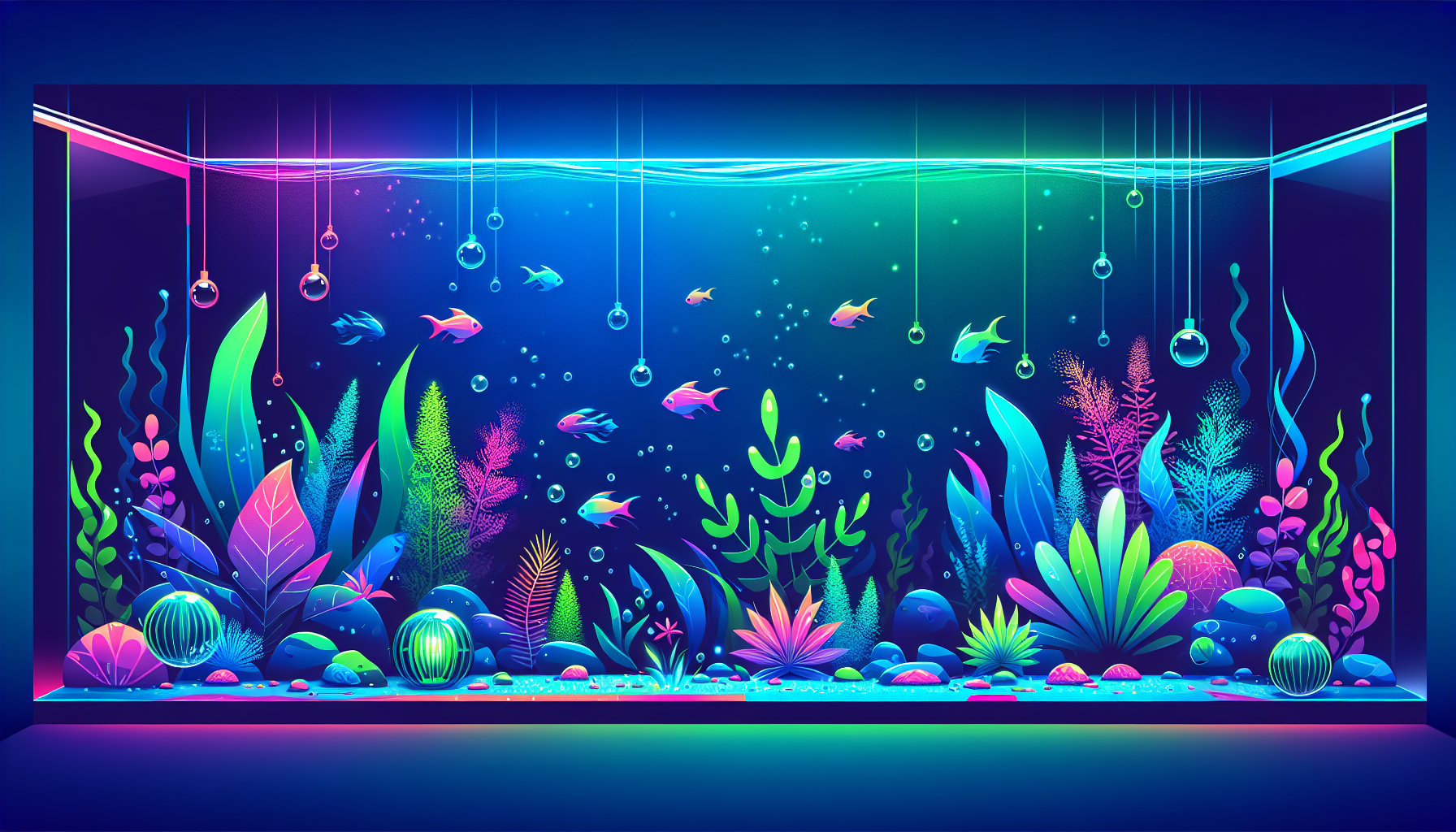Beginner’s Guide to Aquascaping: Essential Tips for a Stunning Aquarium
Ready to transform your aquarium into a breathtaking underwater landscape? Aquascaping combines artistic design with nature, turning your tank into a living work of art. Whether you’re just getting started or looking to upgrade your skills, this beginner’s guide covers key aquascaping tips, layout ideas, plant choices, and maintenance advice. Let’s dive in and bring your aquatic vision to life!
What is Aquascaping?
Aquascaping is the art and science of designing beautiful, natural environments within aquariums using plants, rocks, wood, and substrate. Beyond decoration, aquascaping supports healthy fish and plant life, mimicking natural aquatic habitats. It’s a popular hobby among aquarium enthusiasts due to its creativity and the rewarding results.
Key Elements of Successful Aquascaping
1. Planning Your Layout
Before adding materials or water, plan your aquascape design. The most common aquascaping styles include:
- Nature Aquarium: Lush, organic layouts inspired by natural landscapes.
- Iwagumi: Minimalist rock-based layouts with balanced proportions.
- Dutch Style: Vibrant, colorful plant arrangements with well-defined layers.
Select a style that suits your personal taste and tank size. Consider sketching your layout or using online aquascaping planners to visualize your ideas.
2. Choosing the Right Substrate
The substrate is vital for root development in planted tanks. Options include:
- Aquarium Soil: Nutrient-rich and designed for plant growth.
- Gravel: Offers stability but may require root tabs for nutrients.
- Sand: Best for certain biotopes, though limited in nutrition without supplementation.
For in-depth substrate advice, check out our guide to the best planted aquarium substrates.
3. Hardscape Materials: Rocks and Driftwood
Rocks and driftwood add structure, depth, and natural appeal. Arrange hardscape materials before planting. Use the rule of thirds and golden ratio principles to create visual harmony. Popular choices include:
- Seiryu, Dragon, or Lava Rock
- Cholla Wood, Spider Wood, or Mopani Wood
Always rinse and cure materials to avoid introducing unwanted substances to your aquarium ecosystem.
4. Selecting Aquatic Plants
Choose plants suited for your experience level and tank conditions. Easy beginner-friendly options include:
- Java Fern (Microsorum pteropus)
- Anubias
- Cryptocoryne species
- Amazon Sword
- Java Moss
For lush foregrounds, consider dwarf hairgrass or Monte Carlo. Midground and background plants such as Vallisneria and Rotala add depth and movement.
Step-by-Step Aquascaping Process
Step 1: Prepare the Tank
- Clean the aquarium thoroughly—no soaps or chemicals needed, just water and a soft cloth.
- Place the tank on a sturdy, level surface near an electrical outlet and away from direct sunlight.
Step 2: Add Substrate and Hardscape
- Layer 1–2 inches of your chosen substrate. Slope it from back to front for depth.
- Position rocks and wood according to your planned layout. Secure loose pieces to prevent toppling.
Step 3: Planting
- Mist the substrate lightly before planting.
- Use aquascaping tweezers for precision with delicate stems and carpet plants.
- Group similar plants for a cohesive look and easier care.
Step 4: Fill the Tank Slowly
- Pour water gently over a plate or plastic bag to avoid disturbing your layout.
- Fill to desired level and install equipment (filter, heater, CO2 system, etc.).
Step 5: Initial Maintenance
- Perform daily checks for plant melting or algae outbreaks in the first weeks.
- Start a light fertilization routine once plants establish (typically after one week).
- Conduct partial water changes (25-30%) weekly to maintain water quality.
Essential Aquascaping Maintenance Tips
Consistent care helps your aquascape thrive:
- Trim plants regularly for shape and healthy growth.
- Remove debris and algae with a gravel vacuum or soft brush.
- Test water parameters (pH, ammonia, nitrite, nitrate) to keep fish and plants healthy.
- Adjust CO2 and lighting duration based on plant needs and algae growth.
For more in-depth maintenance strategies, see our aquascaping maintenance checklist.
Common Beginner Mistakes to Avoid
- Overstocking fish before tank cycling is complete
- Using non-aquarium safe materials
- Neglecting regular water changes
- Over-fertilizing plants in the early stages
Recommended Tools for Aquascaping Success
- Aquascaping tweezers and scissors
- Algae scraper or magnetic glass cleaner
- Water test kits
- Quality aquarium lighting and filter system
Explore our resources for essential aquascaping tools and equipment recommendations.
Conclusion: Start Your Aquascaping Journey Today!
Creating a beautiful planted aquarium is a rewarding hobby that combines creativity, patience, and a love for aquatic life. By following these aquascaping tips for beginners, you’ll be well on your way to designing a thriving underwater landscape. Remember, every aquascape is unique—don’t be afraid to experiment and learn from fellow enthusiasts!
Ready to start your first aquascape? Visit our Aquascaping Academy Guides for more in-depth tutorials and inspiration. Share your progress with us and become part of our growing aquascaping community!



